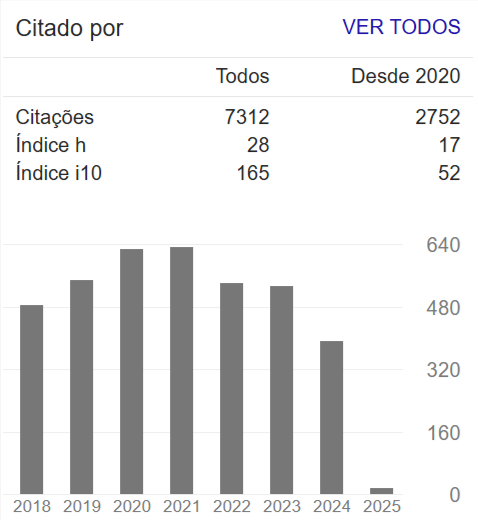CONTAMINAÇÃO DA ÁGUA SUBTERRÂNEA POR NITRATO NO PARQUE ECOLOGICO DO TIETÊ - SÃO PAULO, BRASIL
Abstract
The aim of this study is to investigate groundwater contamination caused by septic tank which infiltrates domestic effluent into a sandy-alluvial unconfined aquifer at Parque Ecológico do Tietê (São Paulo, Brasil). The methodology used is based on chemical analysis of 58 shallow monitoring wells (up to 3,9m deep) installed at 50x50m area. Some chemical parameters as nitrate, nitrite, ammonium, chloride, ph, Eh, electric conductivity and dissolved oxygen have been measured fortnightly using portable equipment. Major ions and nitrogen compounds (organic-N, ammonia, ammonium, nitrite, nitrate) have been analyzed monthly. This detailed monitoring program has allowed to identify three different geochemical zones, according to predominance of nitrogen species: organic-N, ammonium and nitrate. Following the groundwater flux, it is also possible to verify a decrease in the pH values. From chloride concentration variation and electric conductivity, the dispersion of the plume was calculated. Rapid contaminant concentration variations have been attributed to the rapid aquifer recharge that provokes deformation into the streamtubes geometry.

















